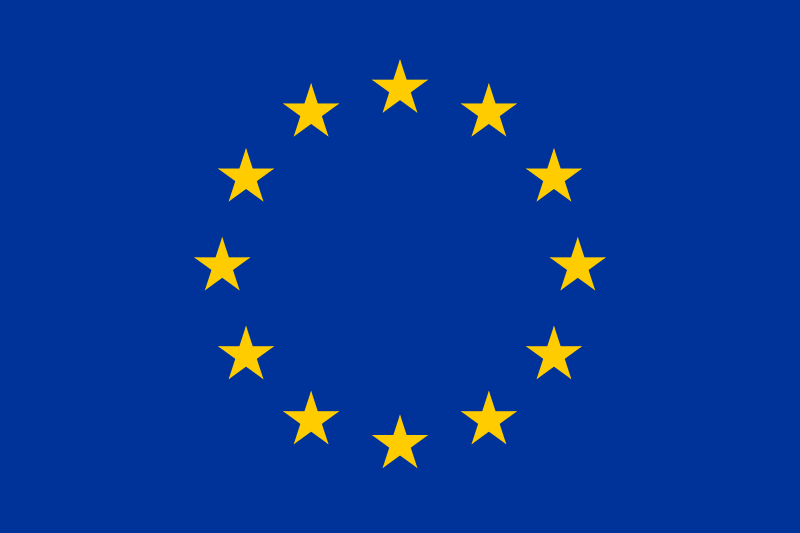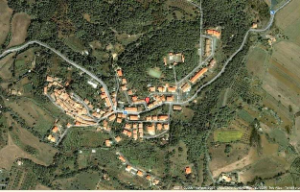Europe: Grid Integration Poses Challenge for Solar District Heating
May 16, 2013
The first conference “Solar District Heating – Technical solutions, urban planning and business models” took place in the Swedish town of Malmö on 9 and 10 April 2013. It brought together 120 participants from 19 countries: manufacturers, district heating companies, scientists and industry associations. Examples from Sweden made clear that it is not easy to integrate solar heat into a system which has not been designed for it. The main topics in the presentations from Sweden were operation issues and the question what is a fair price for solar heat. But an ongoing discussion in Germany illustrates that the integration of solar into district heating networks also has strong economic and political elements. The photo shows the conference participants visiting a solar plant operated by E.ON Sweden in the Western Harbour of Malmö.
Photo: Solites
Because of experienced turnkey providers, such as Ritter XL, S.O.L.I.D., Sunmark and Arcon, planning and installing large solar fields is no longer a big issue. But the examples from Denmark and Sweden showed that there are great differences in the way solar heat is integrated into the network and that solar heat distribution by non-specialised companies can present some difficulties. This is especially important when it comes to complex systems, which feed solar heat directly into a network based primarily on fossil fuels.
In Denmark, the solar system is usually controlled and operated by the same company which runs the cogeneration plants and boilers, and there are storage tanks to help balance heat production and demand.
In Malmö, decentralised solar plants use heat exchangers to feed their entire heat supply into the district heating system. This means that the flow in the collector field has to be adjusted to gain the required temperature. The flow between heat exchanger and network has to be adjusted as well, according to the energy available. That this requires not only good hardware, but also trained staff during plant commissioning and operation was one of the key findings from the presentation of Jan-Olof Dalenbäck, Professor at the Chalmers University of Technology (see the attached document).
Dalenbäck analysed different decentralised solar thermal systems which feed heat into district heating networks – in Malmö, as well as in other cities. His results are rather disillusioning: Only three out of 20 systems gain more than 300 kWh/m²*a, seven of the systems are even below 200 kWh/m²*a. The Malmö systems operated directly by district heating provider E.ON are working well. Still, their yield is usually poor, due to disadvantageous orientations and tilts of the collector fields, which are merely add-ons to existing buildings. The other projects have very diverse applications. Some were initiated by housing owners, others by the government. The quality of design and installations varies, too. What most of them have in common is that they are not well-operated, as the housing companies usually do not have specialised staff, so that the systems’ yields remain below what could be possible. “In order to achieve higher yields, the plants need to have improved designs, more favourable orientations and tilts, better controls and improved operation & maintenance,” says Dalenbäck. He concludes: “The district heating providers have to take on responsibility for these systems.”
But as Thomas Pauschinger from German research centre Solites emphasises, with experience and interest in planning and operating a solar installation, the system can become a well-integrated part of a district heating network. For example, the 3,400 m² plant in Wels, Austria, which was planned and commissioned by Ritter XL Solar and is operated by the local utility company, performs well. The solar system feeds into the network at least at 85 °C all year round. The monitored solar yield has been exactly 1,302 MWh per year (about 383 kWh/m² each year).
The question how solar heat should be integrated into existing networks was not only discussed at the conference, but is also the topic of an ongoing debate in Germany. Just recently, Germany’s solar industry association BSW-Solar and district heating association AGFW have had a debate about whether solar heat should have a priority over heat from CHP plants and waste heat. The political goal in Germany is to increase both the solar share in heat and electricity production and the share of co-generation, so both sides claimed priority over the other. After debating the topic, the BSW Solar has changed the position paper on their website, which has caused irritation among many district heating companies. The priority to renewable electricity is changing the operation conditions of CHP plants in Germany – how this will influence the situation for solar heat and how CHP and solar can work well together on a satisfying business model for both sides is still not a settled matter.
But the conference in Malmö also brought forth other interesting aspects:
- New aluminium absorbers with an efficiency n0 of 90% seem very interesting in terms of costs. The two major Danish providers of turnkey collector fields, Arcon and Sunmark, are both testing the new absorbers, as Patrick Jansson of the aluminium company Hydro showed in his presentation.
- Inspired by the electricity market, Christian Maaß from consultancy Hamburg Institute explained the necessary frame conditions to sell “green heat” as a business model (see the attached presentation). In the electricity market, many customers are willing to pay more for renewable electricity than for electricity based on fossil fuels. For example, there are 4 million German customers who buy electricity from renewable energies.
The organiser of the 2014 Solar District Heating Conference is German district heating association AGFW. Information about upcoming events and the SDHplus project are available on the following web page: http://www.solar-district– heating.eu.
More information:
To download the presentations of the Malmö conference and the former project workshops, go to http://www.solar-district-heating.eu/Documents.aspx
http://www.ritter-xl-solar.com
http://www.solid.at
http://www.sunmark.com
http://www.arcon.dk
http://www.chalmers.se
http://www.solites.de
http://www.solarwirtschaft.de
http://www.agfw.de
http://www.hydro.com


